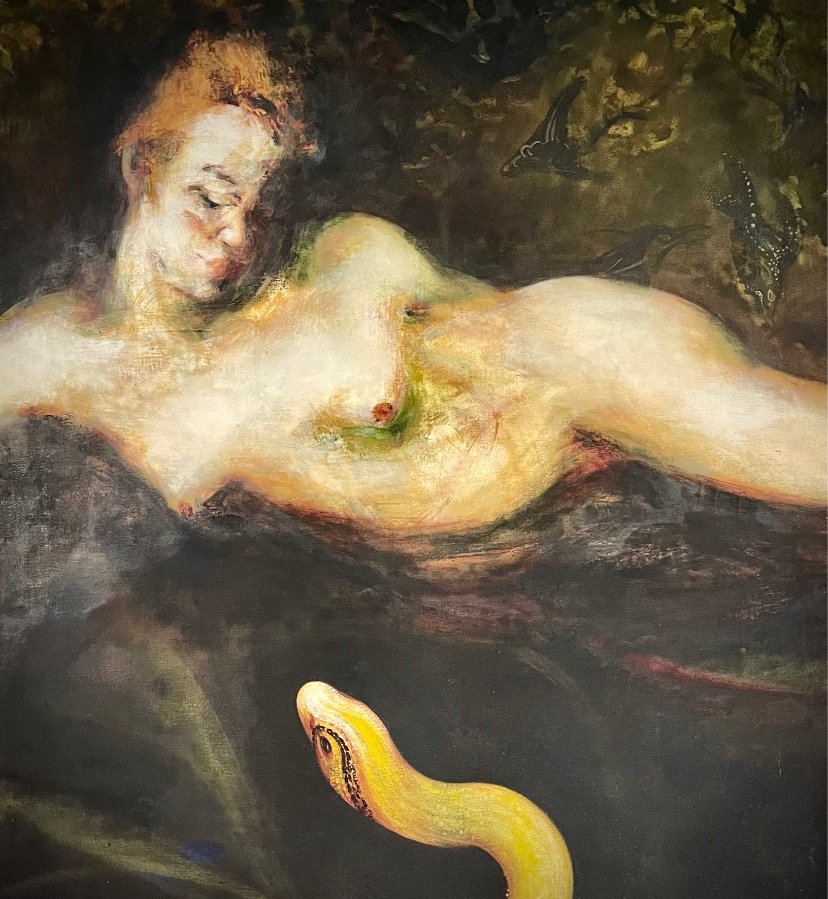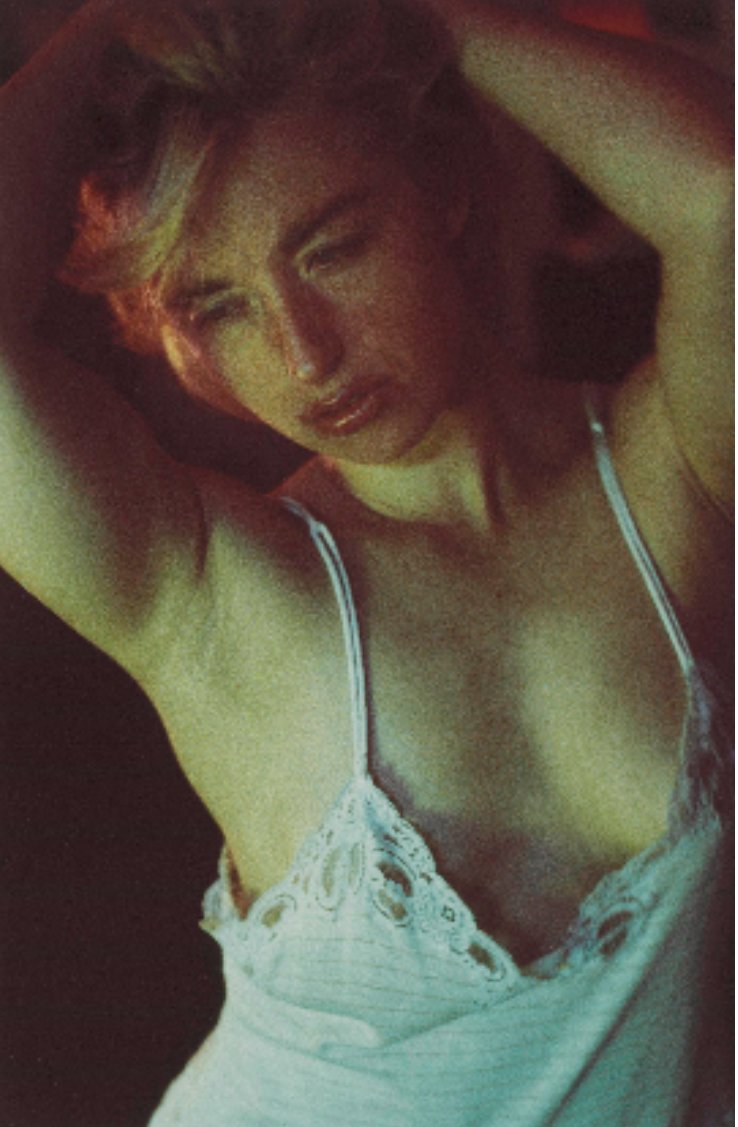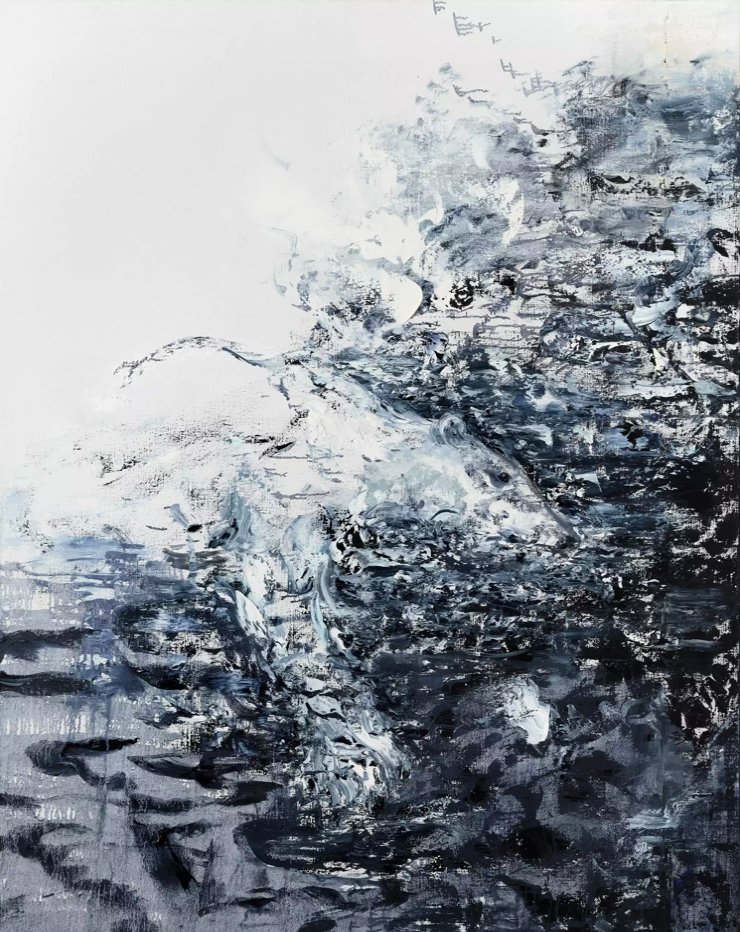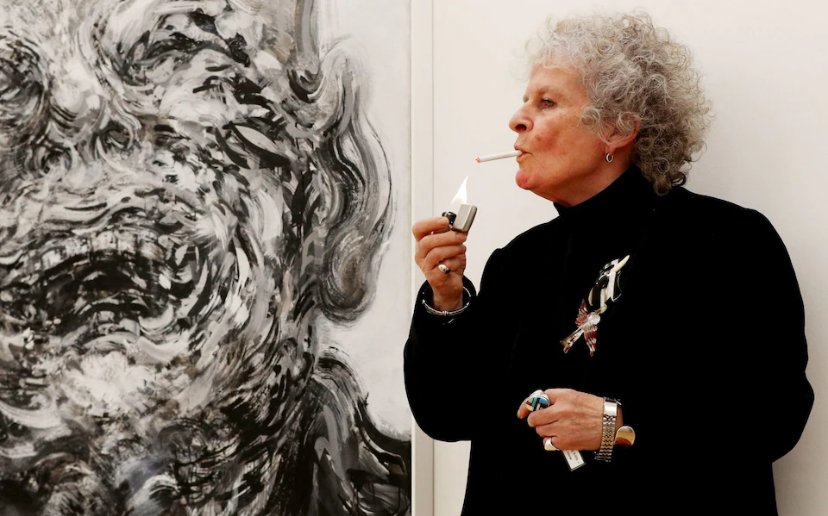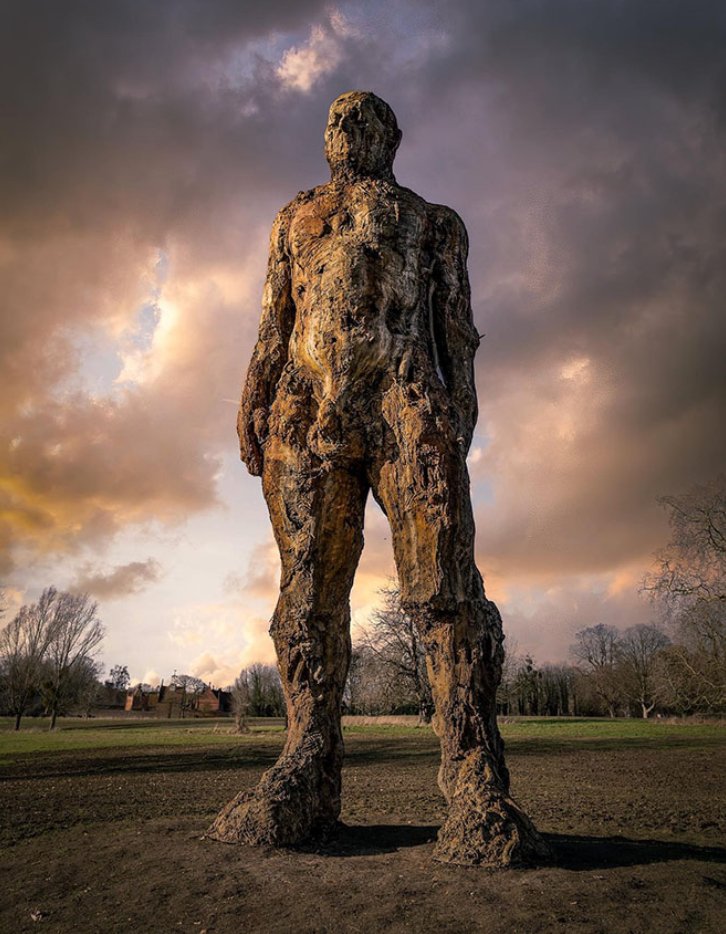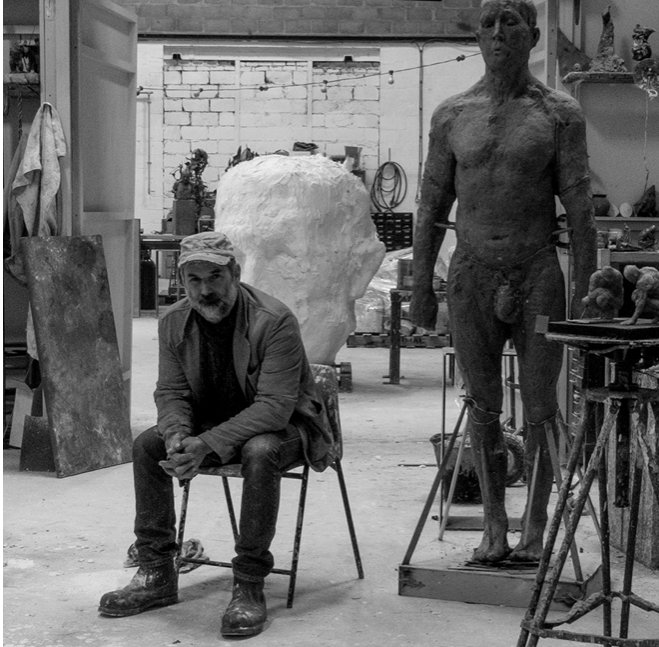The Singh Twins enthralled a packed Norwich University of the Arts Theatre as they explored the creative process behind their latest hard-hitting political artwork, Slaves of Fashion, Hidden Histories. Cohosted by Norwich Castle Museum and Art Gallery and Norwich University of the Arts, The Singh Twins were interviewed by Dr Rosy Gray, Curator of Modern and Contemporary Art at Norwich Castle.
A surprise encounter with the ‘Indienne’ textiles at the Slavery Museum in Nantes, provided the inspirational spark for Slaves of Fashion, Hidden Histories - an exploration of hidden narratives of empire, colonialism, conflict and slavery through the lens of India’s historical textile trade.
Featuring original digital mixed medium light-box artworks, drawings and paintings by The Singh Twins, as well as objects from the artists’ personal archive and participating museums and galleries, the artwork also explores modern day legacies and debates around ethical consumerism, racism, and the politics of trade.
In their own words “If you care about the environment and you care about human rights, then you should really care about what you put in your shopping basket too, and that’s partly what the message of Slaves of Fashion is about. But it’s equally about redressing neglected and hidden histories, showing how we are all connected through a shared colonial heritage and how our understanding of global narratives around Empire can help us to view ourselves and the world around us in a new light.”
Describing their creative practice as ‘Past-Modern’ as opposed to ‘Post Modern’, their highly decorative, narrative and symbolic work, is essentially a modern revival of Indian miniature painting within contemporary art practice. But their distinctive style is much more eclectic. In addition to the Indian miniature tradition of painting, they also draw on the artistic language and conventions of other traditions, east and west, old and new - including ancient Greek and Roman, Persian and Medieval European manuscripts, European Renaissance art, 18th Century British Satirists, the Victorian illustrators, Pre-Raphaelites, Art Nouveau, and pop culture, as well as symbolism, pattern and photography. There is seriousness, wit and mischief in their art.





























